Brief Summary
This course focuses on helping dogs who struggle with aggression towards other dogs. It highlights the need for continued socialization beyond puppyhood and introduces techniques like the Growl Class and the Fight:Bite ratio to assess and rehabilitate these dogs in a fun, supportive setting.
Key Points
-
Importance of early puppyhood socialization
-
Deterioration of socialization in adult dogs
-
Growl Class for rehabilitating aggressive dogs
-
Fight:Bite ratio for assessing dog fights
-
Stress test for anxiety levels in dogs
Learning Outcomes
-
Understand the significance of ongoing dog socialization after puppyhood
-
Learn how to use Growl Classes to help aggressive dogs
-
Assess the severity of dog fights with the Fight:Bite ratio
-
Identify and address anxiety levels in dogs
-
Gain insights into the social behavior of dogs in group settings
About This Course
Dr. Ian Dunbar demonstrates how to use a group class setting to deal with dogs that are aggressive towards other dogs
These days many people understand the importance of early puppyhood socialization. They take their puppy to group training classes, they introduce their puppies to lots of friends and neighbors and they may even host a puppy party or two. This is a wonderful development and it has done a lot to improve the temperament of countless dogs.
Unfortunately, after this intensive period of early socialization period many owners slack off. They see that their hard work has paid off and that their puppy is friendly and sociable in every situation they find themselves in. What they don't realize is that dogs naturally become more shy and standoffish as they get older. Adolescent and adult dogs develop fears and phobias to stimuli that they aren't continually exposed to.
Keeping your dog well-socialized to other dogs is not so easy, and often this area of their socialization deteriorates the most rapidly. At some point most dogs will get into at least one fight with another dog. Sadly, this often marks the beginning of the end when it comes to their socialization with other dogs. The owners want to avoid future fights so they avoid future opportunities to socialize. The dogs socialization deteriorates further and the likelihood of them fighting when they see another dog increases.
Resolving this problem in the course of everyday life is very difficult. Dr. Dunbar demonstrates how to use a Growl Class to classically condition dogs and rehabilitate and re-socialize them to once again enjoy the company of other dogs.
Objectively assess the severity of a dog’s fighting based on a Fight:Bite ratio that examines actual damage done
Provide prognoses and accurate estimates of the time required to rehabilitate anti-social dogs
Administer a stress test to determine a dog’s level of anxiety and the source of that anxiety
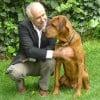
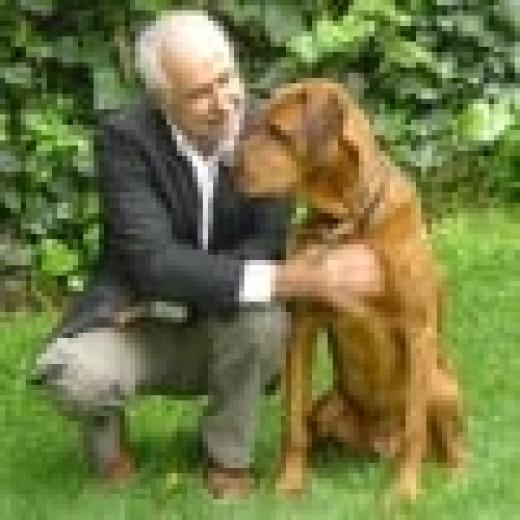
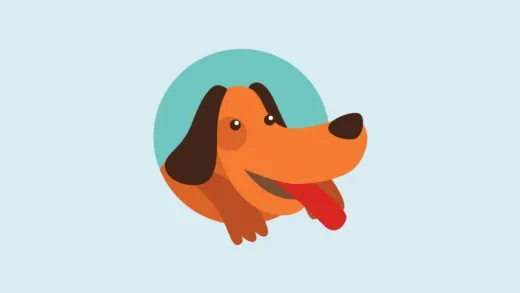
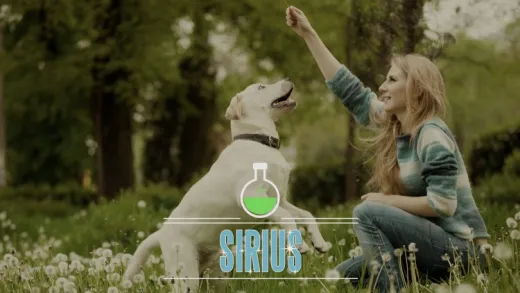
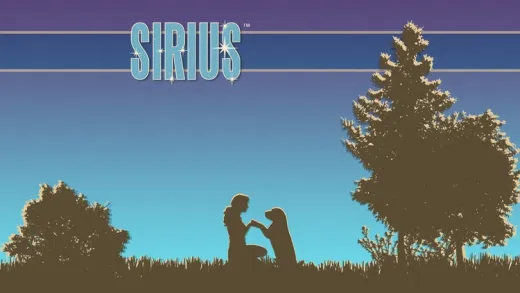
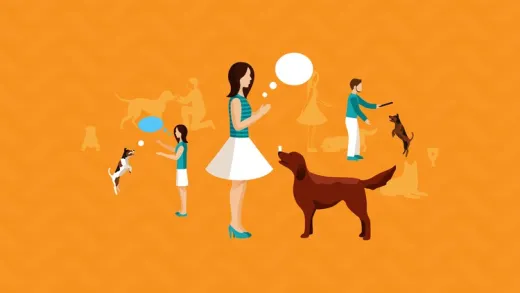
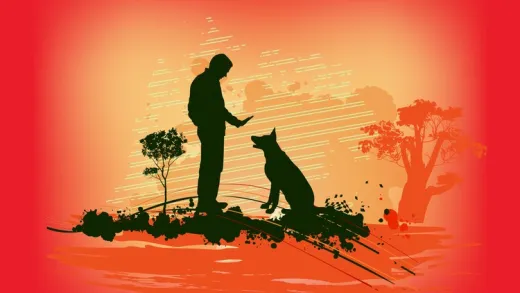
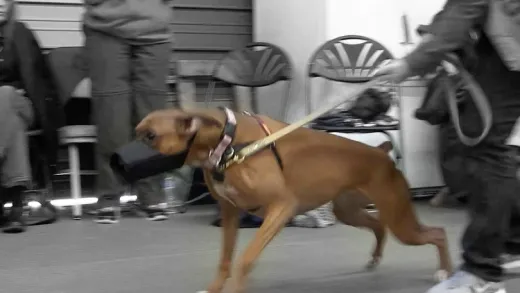

Danielle P.
This course really helped me recognize and understand cues my dog is giving me, and then how to handle and help him through his reactivity